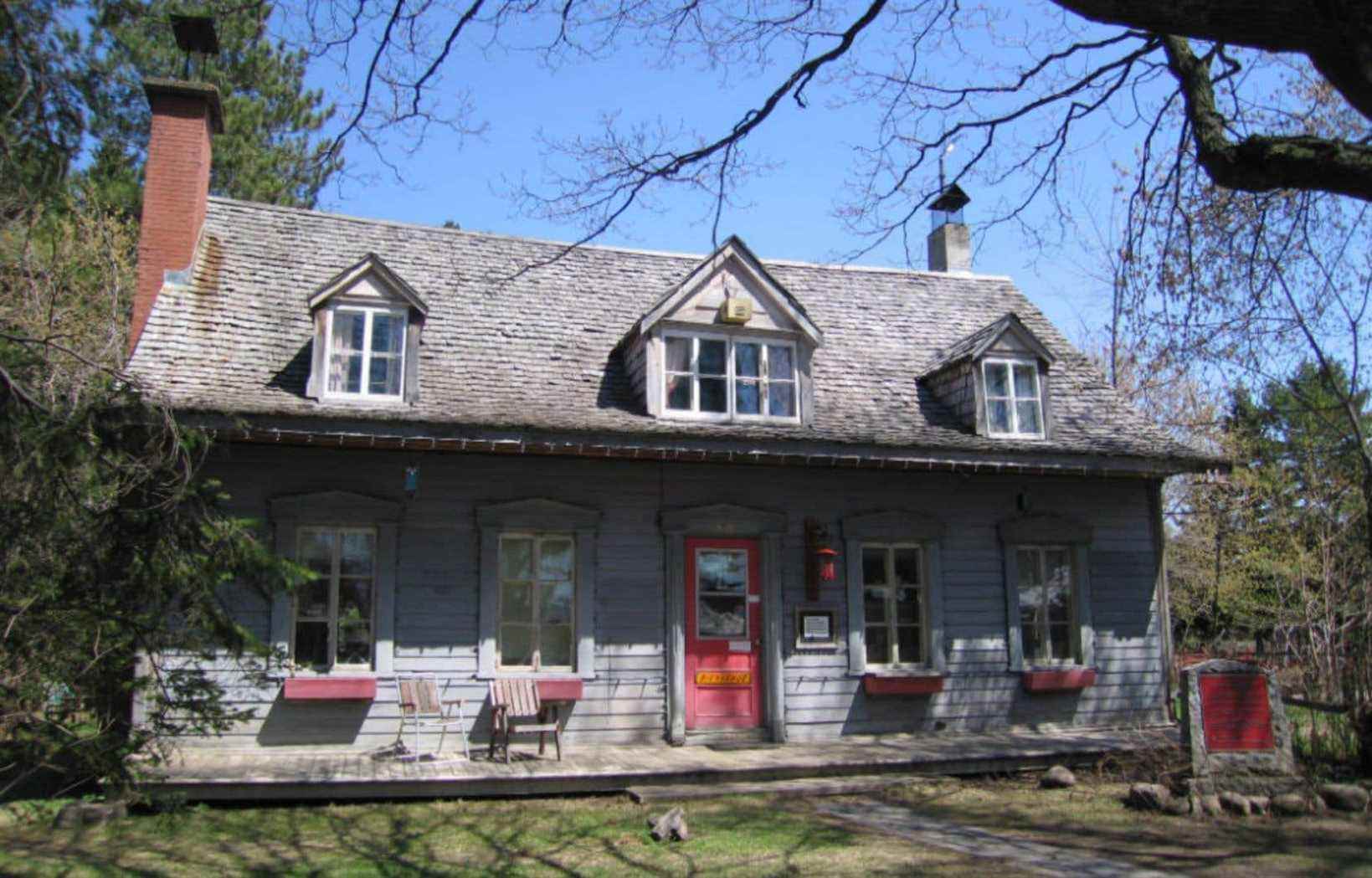The house of painter René Richard passes into the hands of the municipality of Baie-Saint-Paul. “The municipality has accepted a bequest. And she undertook emergency work this week, even if the house is not yet officially the property of the City, ”explains the mayor, Michaël Pilote, in an interview.
“It’s a major historical site. René Richard is of national importance. It is out of the question to even think of demolishing this house! explains the mayor, while recognizing the urgency of acting to save the place, to bring it back to life.
“There, we are carrying out work that should have been done two years ago. We will request a technical study from our professionals. We also do not have an inventory of the contents of the house. We will set up a management committee. We don’t know yet if we are going to hand over the operation to the private sector afterwards. »
What protection?
Although in principle it has been under state control since 1981, the house and its site had not ceased to deteriorate for several years. The government of Quebec had however classified them a few months before the death of the painter. This did not prevent the whole from being left to itself, deplores Jacques Saint-Gelais Tremblay, former director of the Musée d’art contemporain de Baie-Saint-Paul and director of the International Symposium.
Following the death of René Richard in 1982, the residence found itself in practice under the control of his nephew Paul-Hubert Cimon and his partner. The places were neglected, even if several works and important traces of the history of art were there.
“The Ministry of Culture had the legal tools to preserve these collective assets. He didn’t do it,” underlines Mr. Saint-Gelais Tremblay.
This file represents very well, according to him, what is happening in Quebec in terms of heritage: “When it’s time to act, we don’t act! We pass the ball. However, the René-Richard house is the only one left of this size in Baie-Saint-Paul. The only one ranked! […] Fortunately, emergency work began on Tuesday, thanks to the City. »
Can the municipality count on the collaboration of the Ministry of Culture and Communications (MCC)? “For now, the collaboration is good,” says the mayor.
The MCC confirms to To have to authorized the work. It also covers half of the cost. Other emergency work will also have to be carried out, always with the authorization of the ministry. In the meantime, does the MCC know what this house under its authority contains? “The ministry does not have an inventory of the property kept in the René-Richard house”, we replied to the To have to in an email.
“Total inconsistency”
After struggling a lot, with other citizens, so that the house is finally taken over by the authorities, the former director of the Museum of Contemporary Art speaks of a “total inconsistency”. He saw red when he learned that the state was spending millions to create, not far from there, a “Blue Space”, this project of cultural and heritage sites launched by the Legault government. “At a time when millions are being spent to create a Blue Space here, in an old religious building, we don’t even have the money to take care of what is already there! At the museum that I directed, we had all the trouble in the world to obtain small subsidies to carry out our activities, to pay the staff. And there, we are talking about creating something else, on the side, with millions, while the René-Richard house is left in this state! […] All of this really reveals the whole problem of heritage in Quebec. »
“I knew René Richard,” says Jacques Saint-Gelais Tremblay. “His house was an unequaled cultural meeting place. Many artists have been there. They left their mark there: Marc-Aurèle Fortin, Clarence Gagnon, and many others. This house is […] a unique witness to the history of the visual arts. »
Born in 1895 in the capital of Swiss watchmaking, La Chaux-de-Fonds, René Richard immigrated to Canada in 1909, to Cold Lake, Alberta. The young man travels the country. He reflects this in a multitude of drawings. Back in Europe to study the arts, he met Clarence Gagnon, who encouraged him to return to the shores of the St. Lawrence.
René Richard will settle in Baie-Saint-Paul, where, from 1942, he produces works that range from simple pencil drawings to vast lyrical paintings that invite us to situate him in the movement of the Group of Seven. The writer Gabrielle Roy, a friend, was inspired by him. In return, he illustrated one of his novels with prints. René Richard’s works have found their place in many Canadian museums as well as in several private collections.
